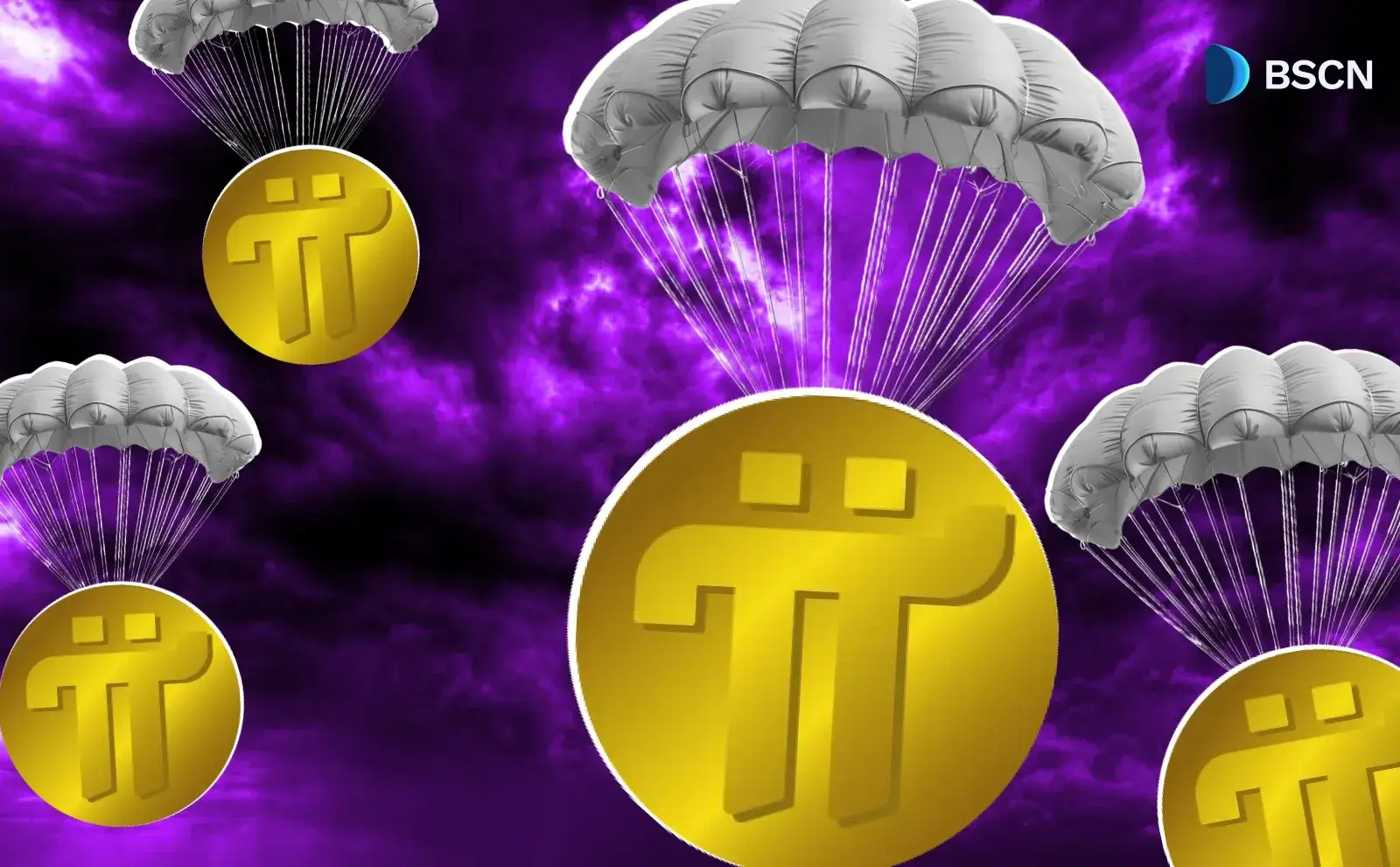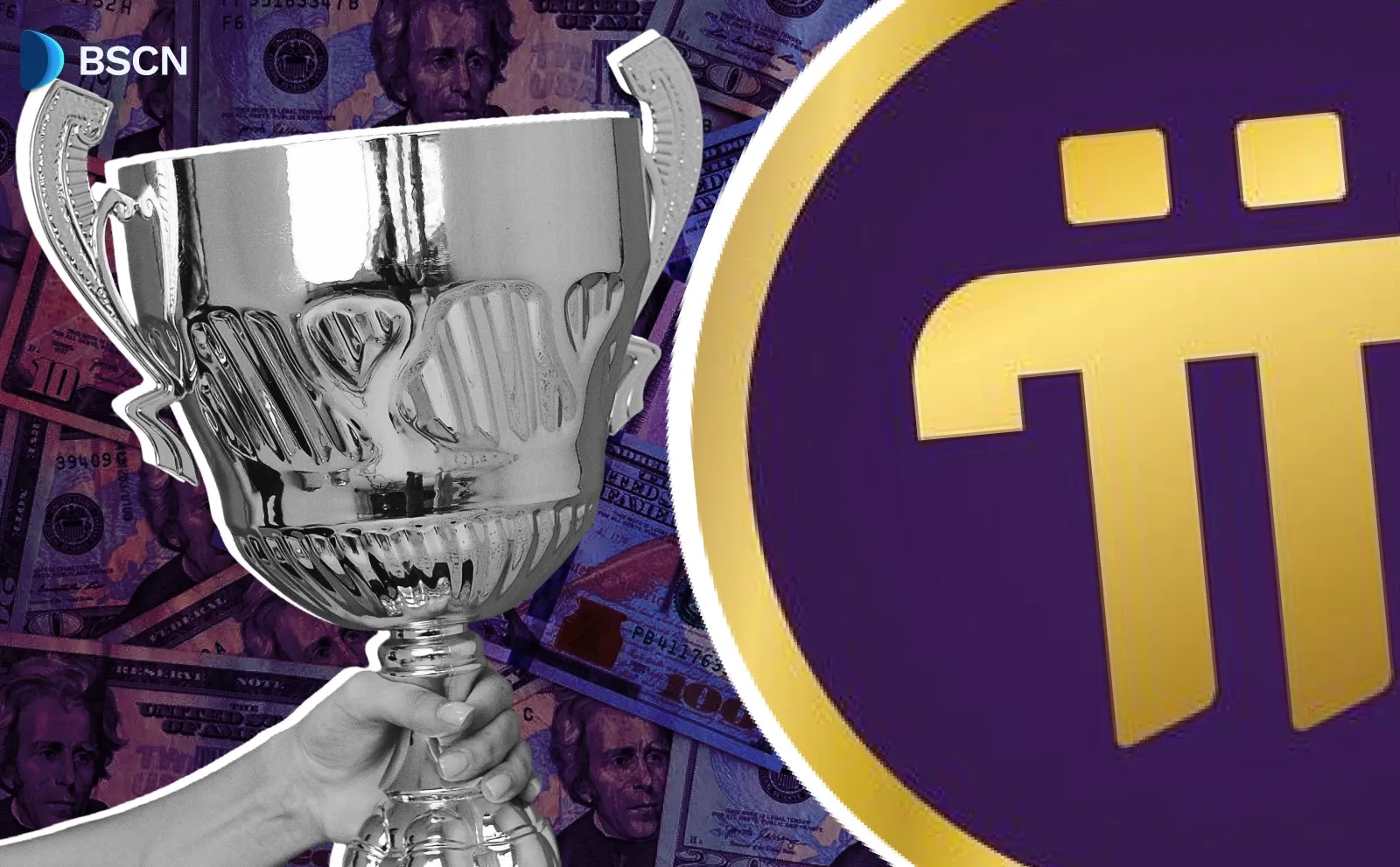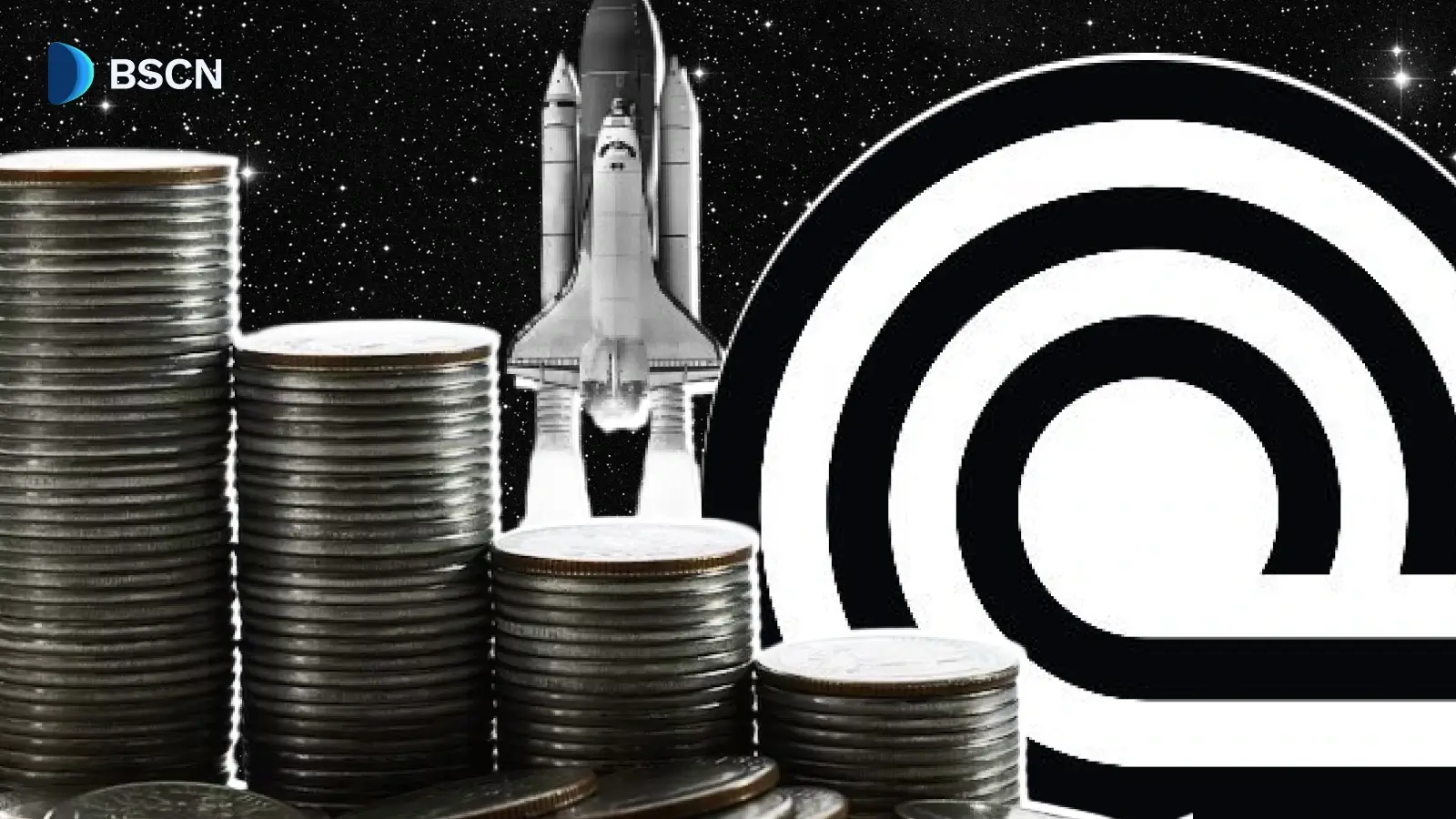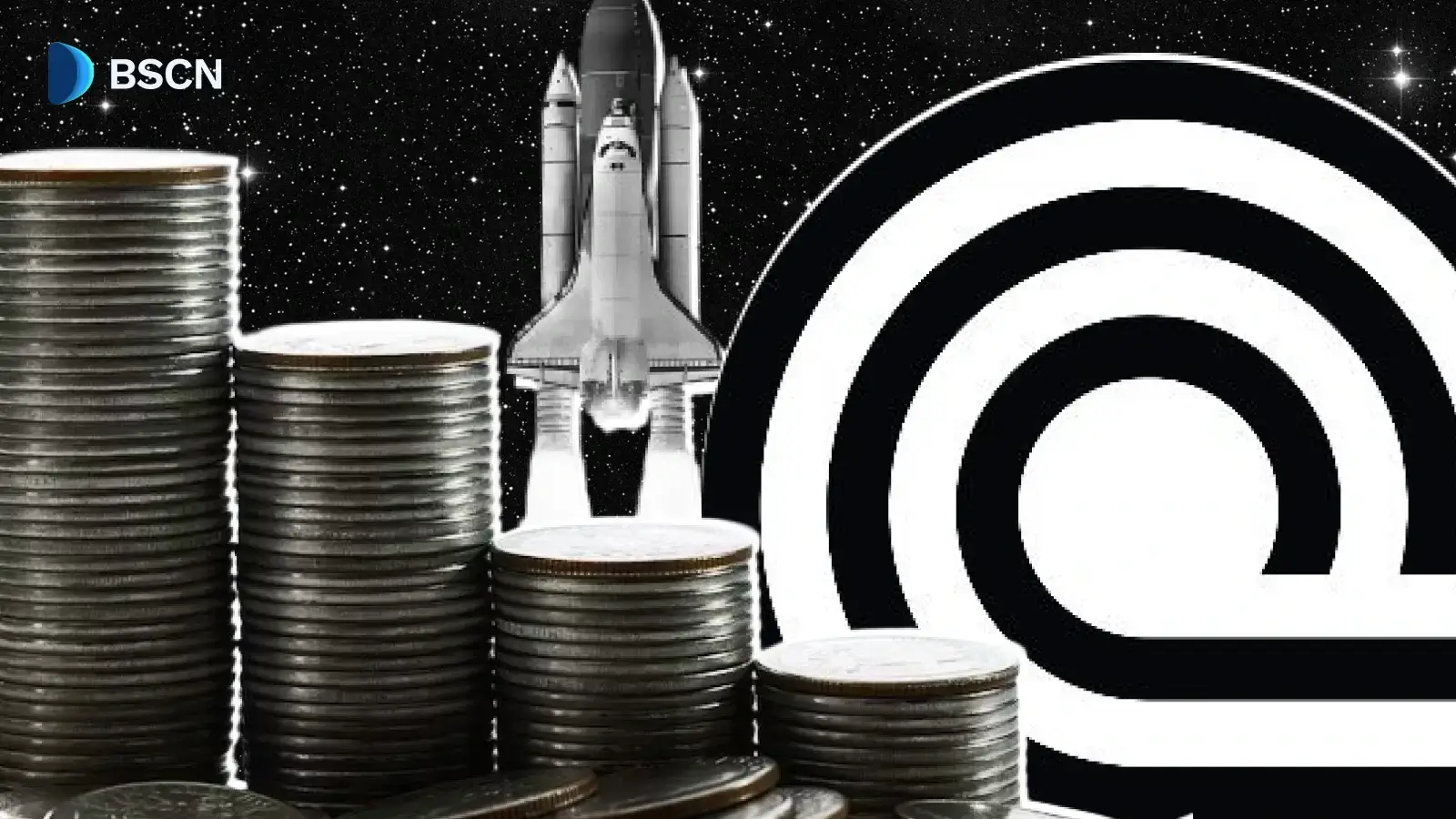Research
(Advertisement)
Hedera's Integration with the Linux Foundation: What does it mean?

Hedera Hashgraph donates its full codebase to Linux Foundation's Decentralized Trust as Project Hiero, fostering open-source growth, governance, and enterprise blockchain adoption
UC Hope
October 13, 2025
(Advertisement)
Table of Contents
Hedera Hashgraph deepened its ties with the Linux Foundation through a partnership that includes donating its full codebase to the organization's Decentralized Trust initiative, a move that supports open-source development and broader adoption of the protocol.
Announced in late 2024, this collaboration positions Hedera as a founding member of the Linux Foundation Decentralized Trust (LFDT), where it contributes core elements like the hashgraph consensus layer, software development kits, libraries, and node software. This step enhances the protocol's governance structure and invites wider community involvement in its evolution.
Origin of the Integration: Formation of Project Hiero
The Linux Foundation established LFDT in September 2024 as an umbrella organization for decentralized technologies, incorporating projects such as Hyperledger and Trust Over IP. LFDT began with 17 projects and more than 100 founding members, aiming to advance blockchain, digital identity, and related fields. Hedera joined as a premier member alongside entities like the Depository Trust and Clearing Corporation (DTCC), Hitachi, and Accenture, all of which maintain connections to the Hedera ecosystem.
As part of this involvement, Hedera transferred its entire codebase to LFDT, creating Project Hiero as the first Layer-1 distributed ledger technology project under a neutral open-source foundation. Project Hiero encompasses the protocol's foundational components, including the consensus mechanism and supporting tools. This donation separates codebase management from the operational control held by Hedera's Governing Council, which continues to oversee the live network.
Hedera's engagement with the Linux Foundation extends to other groups within the organization. These include the OpenWallet Foundation for digital wallet interoperability, the Fintech Open Source Foundation (FINOS) for financial services standards, and the Open Source Security Foundation (OpenSSF) for software supply chain security. These affiliations predated the LFDT contribution but were expanded through it.
By September 2025, marking the one-year anniversary of LFDT, Project Hiero graduated from incubation status. This milestone reflects its development into a mature project supported by over 80 organizations, including IBM's Red Hat, Accenture, DSR Corporation, Dovu, Calaxy, and Hedera. Developer contributions have shifted to the Hiero GitHub repository, named hiero-ledger, where community members can work on features independently.
Technical Details of the Integration
Hedera's hashgraph consensus algorithm, which uses asynchronous Byzantine fault tolerance for high throughput and low latency, forms the core of the donated codebase. This mechanism enables the protocol to process transactions at speeds exceeding 10,000 per second, all while maintaining energy efficiency and holding ISO certification for carbon negativity.
By placing these elements under LFDT, Hedera enables developers to modify and extend them through open contributions, such as improvements to smart contract execution or integration with decentralized identity systems.
The separation of governance layers is a key technical detail: the Linux Foundation handles code oversight via Project Hiero, while the Hedera Governing Council, comprising representatives from organizations like Google, IBM, and Boeing, manages network nodes and policy decisions. This structure reduces risks associated with centralized control, as code changes can be proposed and reviewed by a global community rather than a single entity.
Developer metrics now track activity in the Hiero repository, which may not fully capture Hedera's overall progress if analyzed separately. Tools like SDKs and libraries support applications in real-world asset tokenization, where digital representations of physical assets are managed on the ledger, and decentralized identity, enabling secure user verification without central authorities.
What it means for Enterprise Adoption
Enterprises in sectors like finance and supply chain often require neutral platforms to ensure compliance and interoperability. The LFDT hosting addresses concerns about proprietary influence by providing a vendor-neutral environment backed by established standards.
Members such as DTCC, which handles post-trade financial services, have referenced Hedera in patents for tokenized stock settlements, indicating potential for large-scale implementations.
This setup supports use cases in regulated areas, including central bank digital currencies (CBDCs), where stable transaction finality is essential, and carbon credit tracking for environmental compliance. Accenture's involvement further facilitates integrations, as the firm advises on blockchain deployments for clients.
The integration also expands Hedera's ecosystem through collaborations with new LFDT members, such as Sooho.io for certification services. Projects like Rayls and Vooi demonstrate applications in privacy-focused smart contracts and tokenized finance, where confidential computations protect sensitive data.
Final Thoughts
Looking ahead, Hiero's graduation paves the way for accelerated innovation, with potential integrations into broader Linux Foundation efforts, such as momentum in the Ethereum ecosystem and enhanced security protocols. Hedera's continued role in LFDT, including coalitions for policy advocacy, such as signing letters on decentralized finance regulations, strengthens its position for enterprise-grade solutions.
In conclusion, Hedera's integration with the Linux Foundation through LFDT and Project Hiero establishes a framework for open-source collaboration on its distributed ledger technology. This arrangement separates codebase management from operational control, supports developer engagement, and aligns with enterprise needs for neutrality and standards compliance. It underscores the protocol's capacity for handling high-throughput applications in finance, identity, and beyond, providing a model for other networks to consider in pursuing decentralization and adoption.
Sources:
- Hedera Projects Moving to Hiero: https://hedera.com/blog/namespace-transition-announcement-hedera-projects-moving-to-hiero
- What is Hiero: https://hedera.com/blog/introducing-hiero-the-foundation-of-the-future
- Hedera contributes Codebase to Linux Foundation: https://cointelegraph.com/news/hedera-linux-foundation-hiero-decentralized-trust
- Hedera becomes Founding Member of Linux Foundation Decentralized Trust: https://www.prnewswire.com/news-releases/hedera-becomes-founding-premier-member-of-linux-foundation-decentralized-trust-302248506.html
Read Next...
Frequently Asked Questions
What is Project Hiero in the context of Hedera and the Linux Foundation?
Project Hiero is the open-source initiative created from Hedera's codebase donation to the Linux Foundation Decentralized Trust, encompassing the hashgraph consensus layer and related tools for community development.
How does Hedera's integration with LFDT affect developer activity?
Developer contributions now occur primarily through the Hiero GitHub repository, allowing global input on features like SDKs and libraries, which may alter how metrics reflect the protocol's overall progress.
Why did Hedera donate its codebase to the Linux Foundation?
The donation aims to enhance open-source credibility, separate code governance from network operations, and foster enterprise trust by operating under a neutral foundation.
Disclaimer
Disclaimer: The views expressed in this article do not necessarily represent the views of BSCN. The information provided in this article is for educational and entertainment purposes only and should not be construed as investment advice, or advice of any kind. BSCN assumes no responsibility for any investment decisions made based on the information provided in this article. If you believe that the article should be amended, please reach out to the BSCN team by emailing [email protected].
Author
 UC Hope
UC HopeUC holds a bachelor’s degree in Physics and has been a crypto researcher since 2020. UC was a professional writer before entering the cryptocurrency industry, but was drawn to blockchain technology by its high potential. UC has written for the likes of Cryptopolitan, as well as BSCN. He has a wide area of expertise, covering centralized and decentralized finance, as well as altcoins.
(Advertisement)
Latest News
(Advertisement)
Crypto Project & Token Reviews
Project & Token Reviews
Comprehensive reviews of crypto's most interesting projects and assets
Learn about the hottest projects & tokens

















